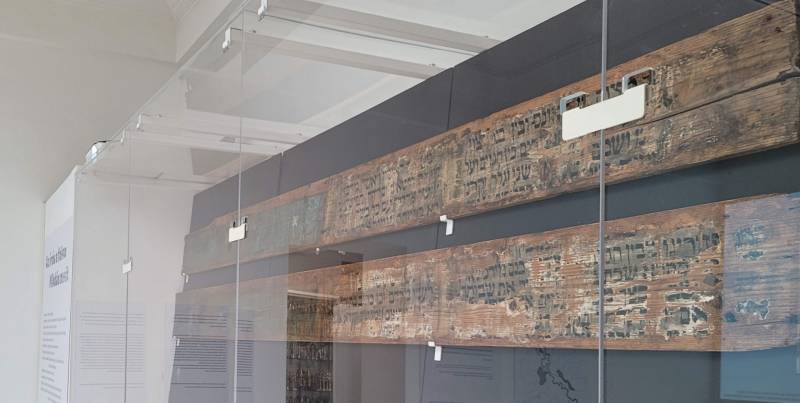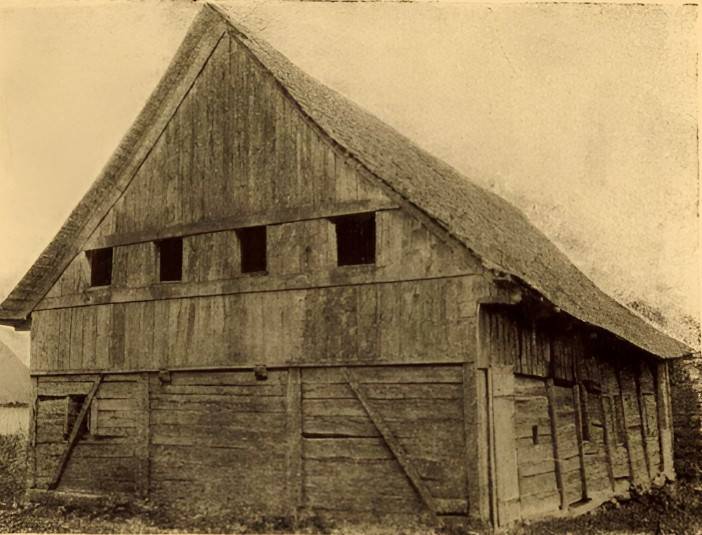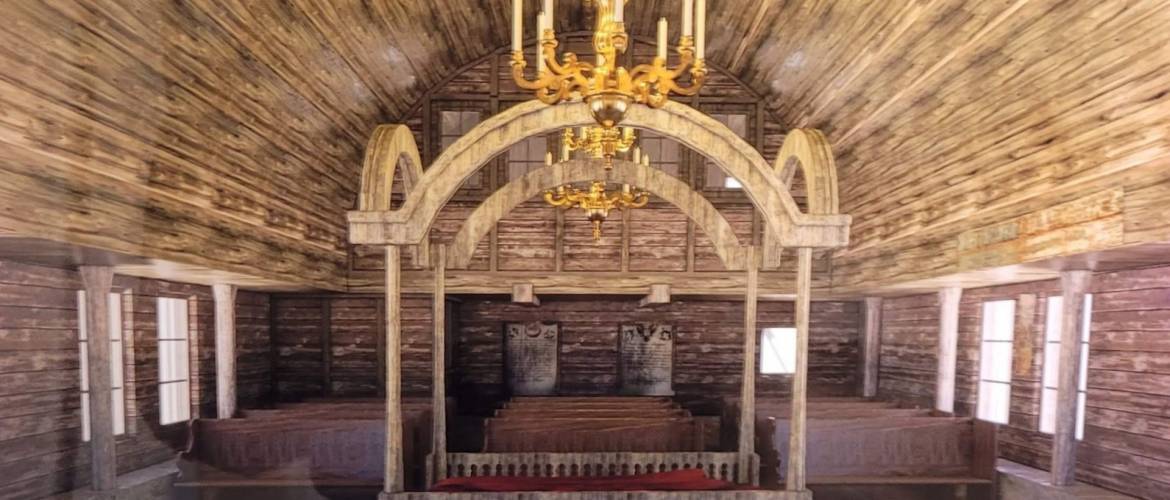Last
summer, two young staff members of the Hungarian Jewish Museum and Archives
were tasked with organizing the institution’s attic, but their work led to an incredible
discovery. They found fragments of an 18th-century wooden synagogue, which had
been identified in 1911 by Rabbi Ferenc Löwy as "the oldest Jewish temple
in Transylvania". An exhibition showcasing these remains opened yesterday
at the museum.
Nearly
three centuries-old, fading wooden planks are now on display at the Hungarian
Jewish Museum and Archives' new exhibition, titled Writing on the Wall, which
opened on Sunday, February 2.

While these
planks might not seem significant to an untrained eye, museum staff members
Mátyás Király and Balázs Som immediately recognized last summer that they had
stumbled upon an extraordinary find in the attic.
As mentioned at the exhibition’s opening event, Zsuzsa Toronyi, director of the Hungarian Jewish Museum and Archives, had initially only asked the two young men to tidy up the attic. However, the researchers returned with remnants of the wooden synagogue of Náznánfalva, which was built in 1747 and destroyed in the first half of the 20th century.
The
approximately 80–90 kilograms of wooden elements were brought to Budapest by
György Balázs, a former museum staff member, by train from Marosvásárhely /
Târgu Mureș in 1941. He knew that if he did not save these Hebrew-inscribed
wooden fragments, nothing would remain of Transylvania’s only wooden synagogue.

Thanks to
his efforts, the remains survived. However, until recently, only two wooden
panels had been known to experts. It was not until last summer, when Mátyás
Király and Balázs Som accidentally discovered the painted planks, that it
became clear that a significant portion of the Náznánfalva synagogue's remains
had been waiting for rediscovery in the attic.
Over the past six months, extensive research has been conducted by Mátyás Király and Tamás Lózsy to properly present this wooden synagogue in the newly opened exhibition.
Rabbi Ferenc Löwy had previously written about it in the 1911
edition of the Hungarian Jewish Almanac, calling it "the oldest Jewish
temple in Transylvania." Löwy remained interested in the subject for
decades, and in 1934, he even took a journalist from Jerusalem to see the
synagogue. However, they were saddened to find that due to the declining Jewish
population in the area, the wooden synagogue had fallen into disrepair—a fate
it ultimately met within a decade.
The wooden
elements displayed in the new exhibition at the Hungarian Jewish Museum and
Archives are invaluable not only because no other wooden synagogue was ever
built in Hungary or Transylvania, apart from the one in Náznánfalva.
But also
because, even though wooden synagogues were widespread in Polish-Lithuanian
territories from the 16th century onwards, the destruction caused by Nazism
nearly erased them from Europe's built heritage. Today, only a handful remain
in those regions.
The
Budapest exhibition also features the two previously known panels, but the true
highlight is the collection of newly discovered, Hebrew-inscribed, painted, and
restored wooden planks found last summer.
Why Was
There "Writing on the Wall", why was Hebrew text on the planks? At
the opening event, historian Viktória Bányai explained that the Hebrew texts on
the planks had both sacred and practical purposes. In these early Jewish
communities, many people could not afford their own prayer books, so they read
biblical verses and prayers directly from the wooden walls.
The choice
of material was also dictated by financial circumstances. Wealthier Jewish
communities could afford to build synagogues from stone, but in Poland,
Lithuania, and Transylvania, the poorer Jewish populations could only afford
wooden synagogues.

 02.07. 16:36, kimenete: 02.08. 17:44
02.07. 16:36, kimenete: 02.08. 17:44 





